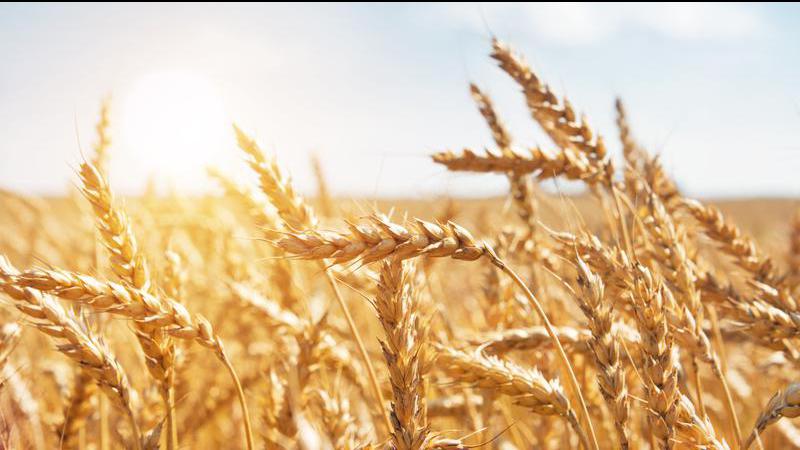
Farmers projected to grow more wheat, canola, oats and soybeans in 2024
It has been a mixed year for Canadian agriculture with much higher expected yields for some types of crops and lower for others.
Statistics Canada says a range of weather-related challenges resulted in overall lower-than-normal plant health across much of the prairies.
The vegetation growth index for July 22-28, 2024 shows that several growing areas in southern Alberta are expected to be similar or lower than typical levels, while most of the central region is “much lower.”
It was not all bad news, however.


